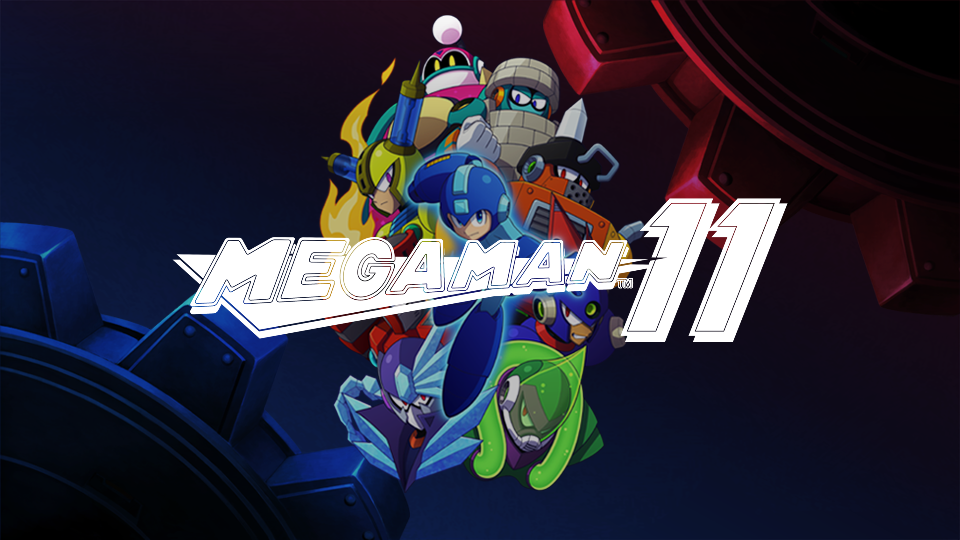 Game On ⋮
Game On ⋮ Digging deeper into hardware oddities—the history of the Magnetic Card Reader utilized by the Family Computer Disk System (FDS) in mid-1980s Japan. — Mega Man 11 — [See deals]
See this product.
Consider the Sega Activator, for instance—a massive, octagonal plastic ring meant to translate physical kicks and punches into digital commands for the Genesis console. It rarely worked; players flailed in their bedrooms, sweat plastering their hair, attempting a simple roundhouse only to register an unexpected jump. The manual suggested specific ambient lighting and advised against wearing clothing that might 'blend' with the floor color. This level of environmental control was the strange, unexpected cost of engaging with home entertainment.
Digging deeper into hardware oddities—the history of the Magnetic Card Reader utilized by the Family Computer Disk System (FDS) in mid-1980s Japan. Before downloadable content became standard, players visited kiosks, often located within department stores or convenience shops, where game data was rewritten onto proprietary floppy disks for a small fee. It was less about lasting ownership and more about transactional access, anticipating the concept of micro-transactions decades before the internet was a functional part of the gaming ecosystem. The sheer effort to maintain those blue disks, easily ruined by stray magnets or temperature fluctuations, defined a specific, low-level consumer anxiety. Preserving the single save file for *The Legend of Zelda* demanded a delicate responsibility.
Think about the sound. The MOS Technology 6581 Sound Interface Device, the SID chip, in the Commodore 64. Not merely a playback machine. A true internal synthesizer. Its filters were notoriously inconsistent between individual chips. A deep, wet resonance produced on one C64 motherboard could sound thin and sharply digitized on another, even when running identical code. Musicians wrestled with this inherent manufacturing instability. A beautiful, chaotic necessity.
* The unreleased RDI Halcyon Laserdisc console (1985) relied heavily on rudimentary voice recognition technology for menu navigation and in-game commands.
* Early Sierra On-Line titles frequently used elaborate "feelies"—physical objects such as fictional diaries or astrological charts packaged inside the box—to serve as copy protection, requiring players to refer to specific, obscure information found only in the paper goods.
* The Taito arcade machine *Elevator Action* (1983) featured a custom three-button layout solely dedicated to the highly specific act of opening, closing, and firing within elevator doors. A specialized interface for traversing verticality.
Get It On Amazon ::: (brought to you by Kiitn)
▷ See this product.
#Ad Our articles include affiliate links: If you buy something through a link, we may earn a commission 💕
[ Purchase Options ]

No comments:
Post a Comment